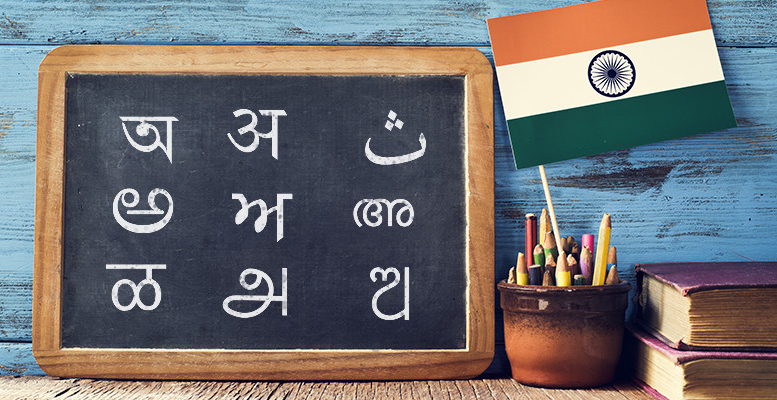Yes, English is dominantly spoken in major pockets of the urban areas in our country, thanks to the British hangover. And, when we meet a friend, we spontaneously say – “Hi, how are you?”
But, what is an Indian’s reaction when he hears his regional language being spoken? Can you recall the expression on someone’s face, when you suddenly broke into their regional language? Nothing can describe the feeling that a Punjabi feels when he hears “hanji kiven?” Or a Maharashtrian when he hears – “Kasa Aahe Thumi?”
Thanks to our multi-lingual landscape, there is no dearth of words when our regional languages come to the forefront to dazzle. But again, today “How are you?” has become more of a routine without any emotions attached to it and so has most of our language conversations. Even advertisement and PR campaigns in metros are a dime a dozen, some without a well thought-out regional extension. We see the Internet media alive and kicking now, as language ads generate a high response, compared to English ones, especially because of the effectiveness and efficiency. Perhaps, this is because all of us are more receptive to our own language!
#DesiTalk – winning all the way!
Regional languages display emotions striking an emotional chord and we have a range of examples ranging from bollywood movies to political campaigns that are a testimony to the statement.
Even when you look at regional language publications – they have gained ground, where as English ones are losing out. According to the latest Indian Readership Survey (IRS) data, as of Q1-2019, there are 42.5 crore newspaper readers in India. The survey revealed – 18.6 crore read Hindi dailies, 3.1 crore read English dailies and 21.1 crore read other regional language newspapers.
Why should traditional players embrace desi language campaigns? What these brands need to take notice is that ‘understanding’ and ‘connecting’ are poles apart! While some consumers may ‘understand’ English or even Hindi, they would connect better with your message if it’s in their ‘first’ language, or in desitalk, their ‘heart’ language.
The net has long since joined the regional bandwagon. Snapdeal, Amazon, Flipkart – all are in the regional space and so are all major content players. Hotstar has rolled out regional options and so has Netflix or Amazon Prime. Facebook is already available in many regional languages. Even Facebook Lite, an app that caters to low internet connectivity areas, supports Indian languages.
Today, brands are using regional diversity to connect effectively with consumers. Localisation both expands your brand reach and enhances the consumer experience. Take the case of Coca-Cola. In 2014, it posted a tweet in Hindi during the International Premier Tennis League, which may have appeared to be gimmicky then, but it helped the brand garner 22 % higher engagement than a non-Hindi tweet! Again the brand launched a Twitter campaign in 2015 during the Pro Kabaddi League for Thums Up (by converting popular Hindi movie dialogues into regional languages), which recorded a 150% hike in engagement!
We are ever connected to the things we witness while growing up, influenced by our subconscious memories’ influence and hence, are driven by our emotions. Even a small greeting in your native language brings a refreshing smile. Imagine what happens when a brand messaging goes the regional languages route. Though some brands have joined the Desi Language bandwagon, there are miles to go in the domain. Be it the direct outreach via brand’s social channels or indirect influencing via media, regional languages have gained so much ground in the past 5 years. Be it the corporate brands, entertainment moguls or individual celebrities, the reach amplification that is done by regional languages is beyond our imagination.
It sure seems time to explore our culture that is truly represented by the diversity in Regional India. So, lets imbibe the change by just greeting someone today in their native language and I assure you, the smile in return would be priceless.



मुकेश जी, अच्छा लिखा आपने।